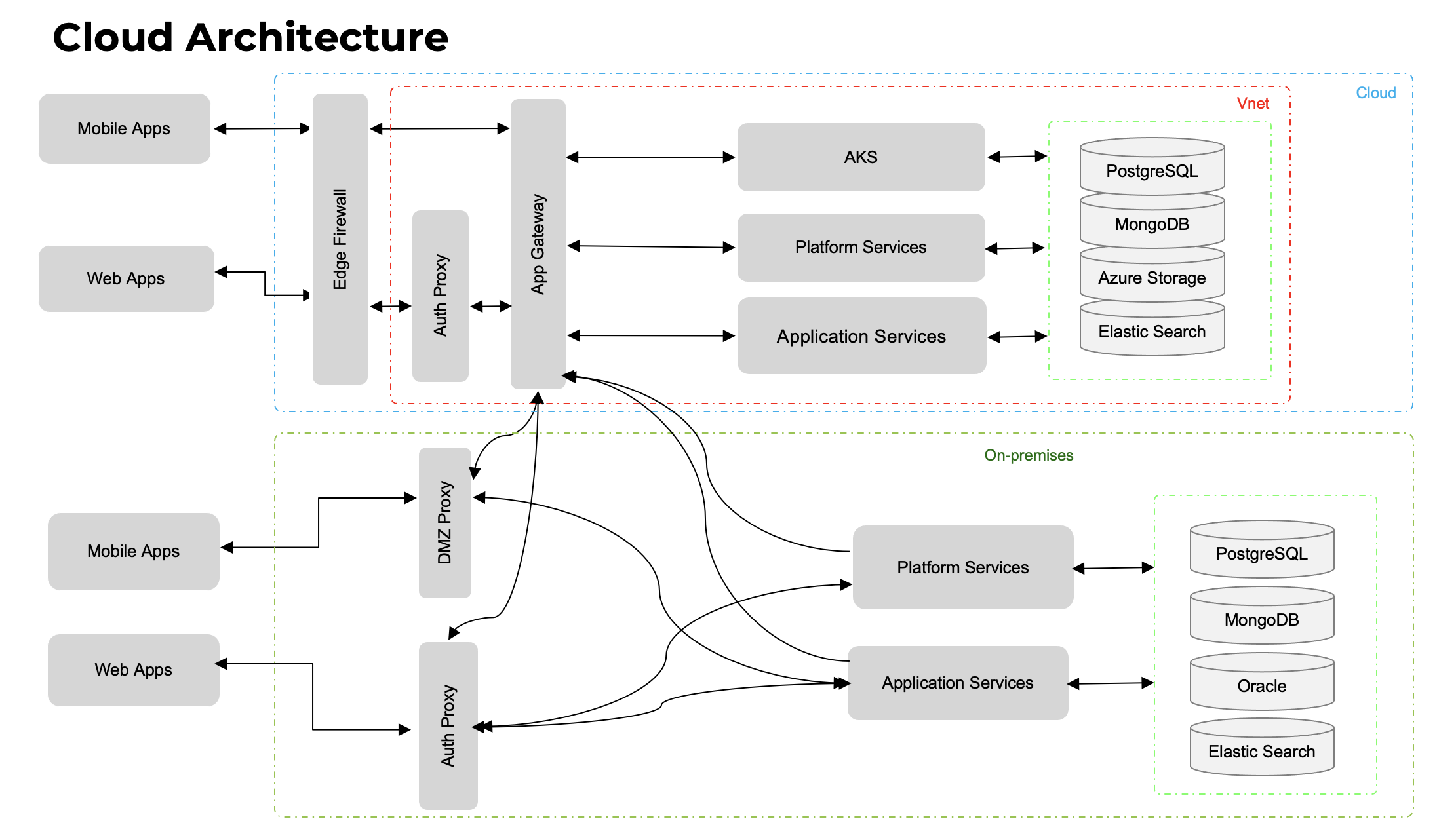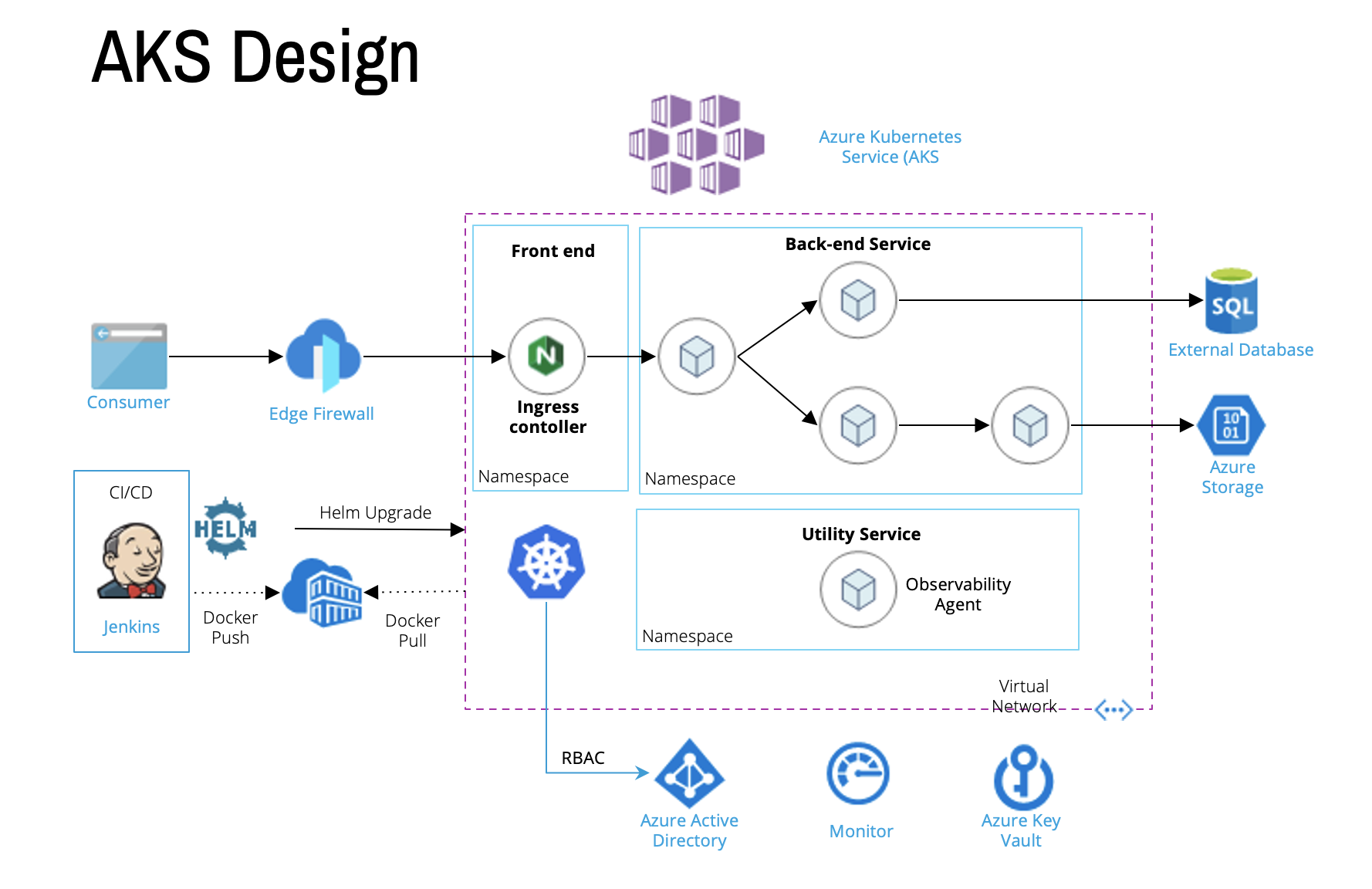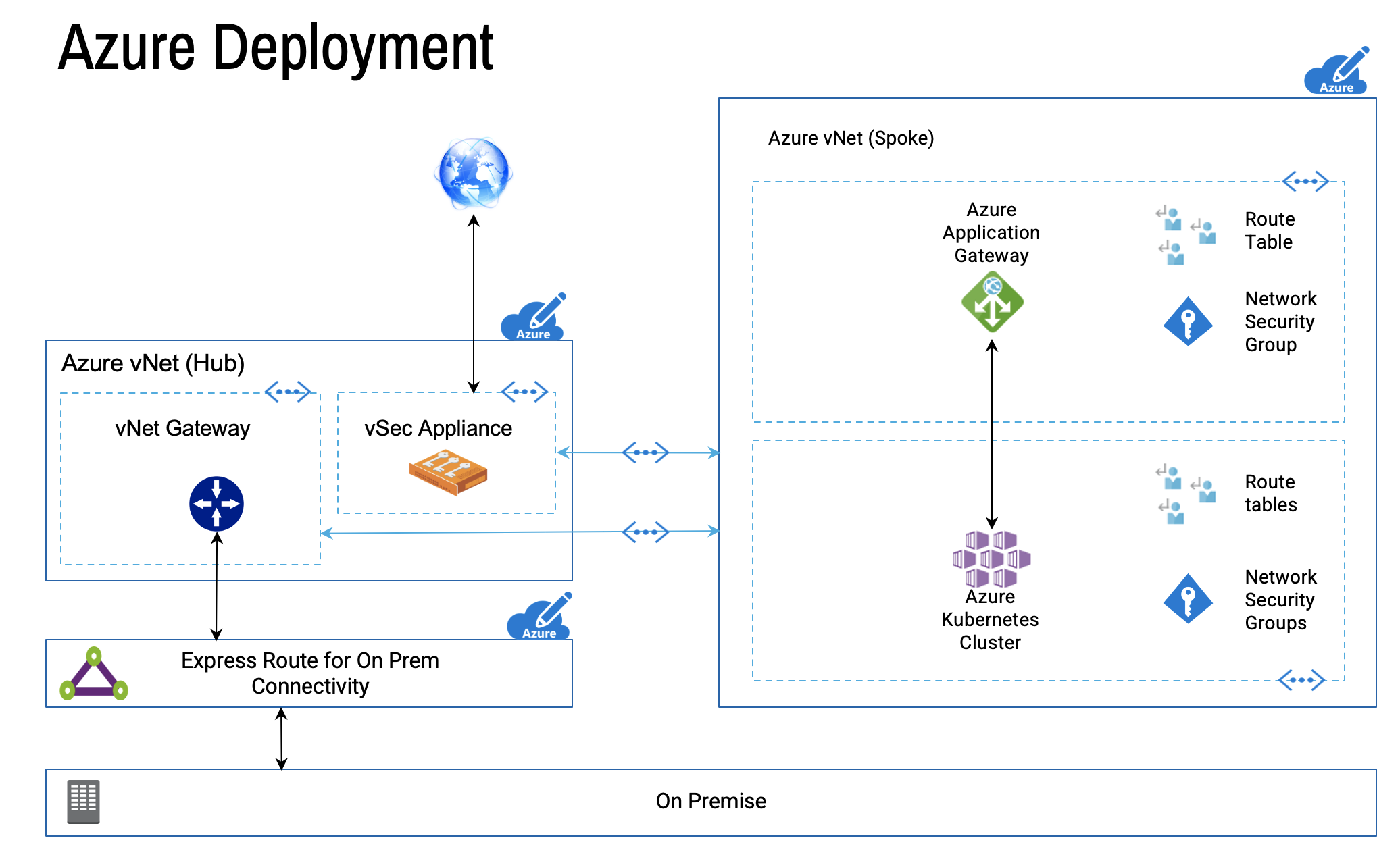Case Study
Azure Re-platformJourney to Azure Kubernetes Service
Opportunity
In a world where agility and flexibility in IT infrastructure are not just valued but required, our client stood at the crossroads of innovation and legacy. Their on-premises systems, while stable, lacked the agility and scalability needed to propel them forward in a rapidly evolving digital landscape. The pressing need was to transition to a cloud environment that could offer enhanced scalability, resilience, and cost-effectiveness ultimately setting the stage for continuous innovation and growth. The decision to migrate to the cloud presented a significant opportunity to not only modernize their infrastructure but also to reimagine their approach to service deployment and management.
Solution
The strategic approach to this migration involved the Azure Kubernetes Service (AKS) and the application of the Strangler Pattern, which incrementally replaced specific pieces of functionality with new applications and services.
AKS was chosent to run Java services because it offers robust management for containerized applications, ensuring scalability and reliability. Additionally, AKS’s integration with Azure’s ecosystem provides comprehensive monitoring, security, and DevOps tooling, optimizing performance and simplifying the deployment process.
The Strangler pattern migration offers the advantage of allowing a gradual transition from old to new systems, reducing risk and minimizing disruption. It also facilitates continuous integration and testing, ensuring that new features can be rolled out and legacy components decommissioned systematically and efficiently.


Cloud Architecture
Our cloud architecture was designed to provide a seamless connection between mobile and web apps to the AKS through secure pathways, ensuring the integrity and security of data transactions. The Edge Firewall and Authentication Proxy acted as the primary defense mechanisms against unauthorized access, while the Application Gateway directed traffic to the appropriate services. This architecture also mirrored the existing on-premises setup to enable a hybrid model during the transition phase.
The Azure deployment diagram details the hub-and-spoke network topology we utilized. The Azure vNet served as the central hub that connected to various vNets hosting applications, representing the segregated functional areas. The vNet Gateway established secure site-to-site connectivity, and the vSec Appliance provided additional security layers. An Express Route was set up for robust on-premises connectivity, ensuring that legacy systems could still interface with the cloud environment during the migration process.

Migration Execution
The implementation of the Strangler Pattern allowed us to replace the old Java services with new microservices architecture, deployed within containers managed by AKS. We started by identifying the services that could be ‘strangled’, i.e., replaced or augmented. Then, we created corresponding services in the cloud environment. Using Azure DevOps, we managed continuous integration and continuous deployment (CI/CD) pipelines to automate the rollout of these services.
Results
The results of our engagement were transformative:
- Scalability: The client’s services are now automatically scaled, allowing them to handle increased loads without manual intervention.
- Cost Efficiency: By leveraging AKS, the client pays only for the compute resources they use, leading to 35% cost savings.
- High Availability: The cloud architecture ensures that services are available across multiple zones, mitigating the risk of downtime.
- Security: Enhanced security measures, including network segmentation and advanced threat protection, have significantly reduced the attack surface.
- Performance: We observed a approx 30% improvement in the performance of services due to the optimized cloud infrastructure.
- Operations: The client can now deploy new features and updates in days vs weeks it took on-premise, staying ahead of the competition.
Through this migration, the enterprise stepped into a new horizon of cloud capabilities, setting a benchmark for operational excellence and technological prowess. The strategic move to Azure has not only future-proofed their infrastructure but also empowered them with the tools to innovate and grow in the cloud-first world.
